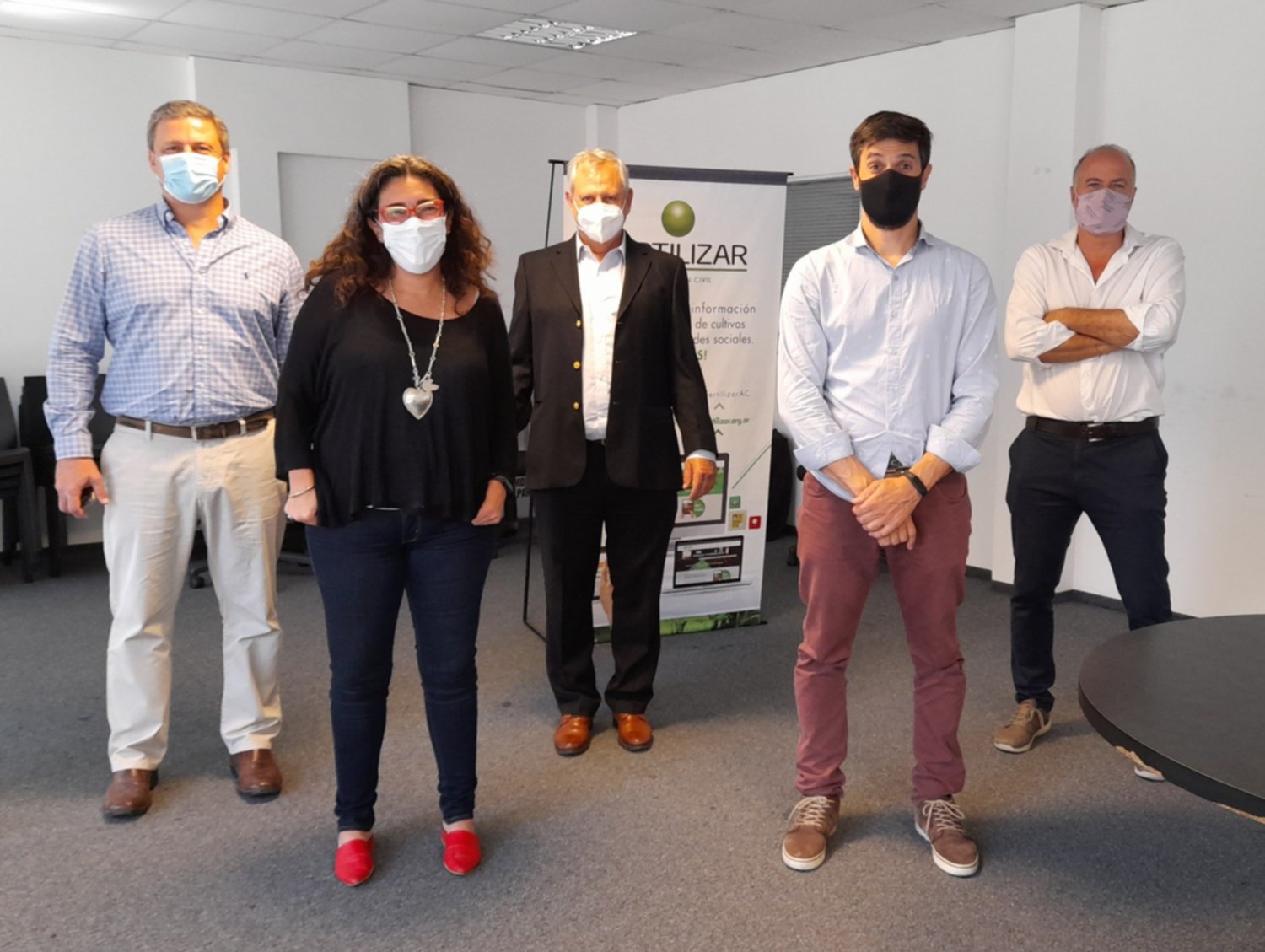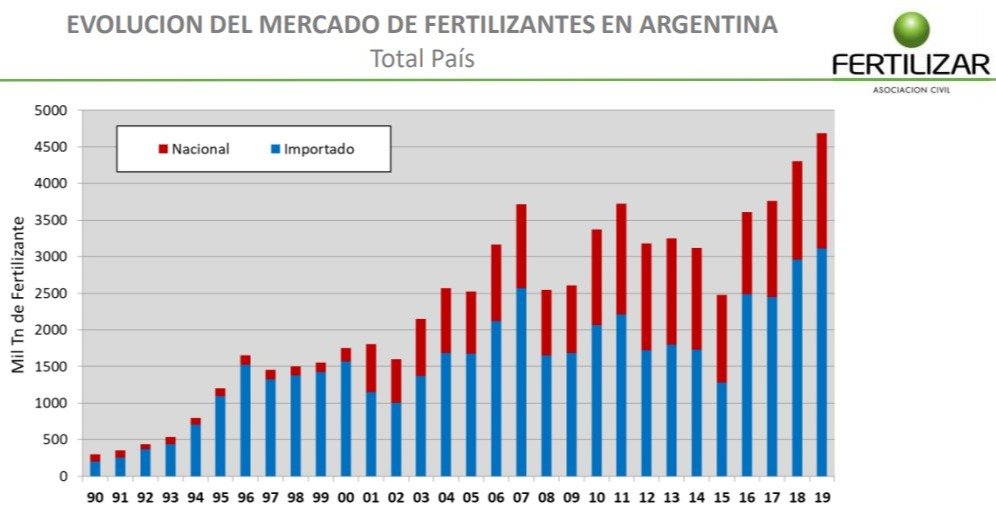Guillermo D. Rueda / [email protected]
“The humidity of the soils at sowing has an enormous impact on the stability of wheat yields, since the first cycle takes place in the driest months of the year. It is not a minor data in the previous to the sowing for this campaign ”.
The projection was made by Ing. Agr. Jorge Bassi, second vice president of Fertilizar Asociación Civil, before anticipating good prices for the crop, another key aspect for the profitability of the icon of the southwest of Buenos Aires.
“It is important that there are water reserves when spring enters. The floor has already been recovered in almost all the Humid Pampa; You can even add some areas of Córdoba, which last year had not been planted due to lack of rain, ”he said.
Ing. Agr. Jorge Bassi, second vice president of Fertilize Civil Association.
Bassi – in the meeting with agricultural journalists from all over the country – went a little further in the analysis.
“It is important to start considering the gaps,” he said, before assuring: “23% of the wheat that is harvested in Argentina was made with fertilizer.”
“But a 14% differential tells us what we are missing if we fertilize thoroughly. We can go looking for that just by improving nutrition, “he said.
In its trial networks, Fertilizar AC works with four fertilization treatments in producer lots. One unfertilized; another with frequent management, which represents the producers’ system; one with a recommendation of medium fertilization and the other complete to achieve high yield.

“On average we could reach (a yield of) 4,536 kilos per hectare. It would be with a high level of inputs so that there are even nutrients left for subsequent sowing in second-rate soybean yields ”, he explained.
Today, that average is 3,641 kilos per hectare.
“Nutrition in wheat is Double Nelson (sic): it achieves an effect on crop yield, but also for second-rate soybeans. It is something that not all technologies achieve since, for example, they compete with water, ”said Bassi.
“That is why in wheat that gap of 895 kilos per hectare can be gained, always taking into account sustainability in the management of nutrients,” he said.
“Nutrition in wheat is Double Nelson (sic): it achieves an effect on crop yield, but also for second-rate soybeans”, said Jorge Bassi.
“It is a relationship that allows to fertilize with good profitability, but that reinforces the need to work well diagnostics by batch and environments to achieve the best economic return,” he said.
Bassi showed that, taking a value of wheat put in the field at the end of March, the input-product ratio (one kilo of wheat / one kilo of fertilizers) today stands at 3.6 in the case of urea and at 4, 4 in diammonium phosphate.
He also argued that it is a technology that improves the balance of nutrients, since a part of the phosphorus is left to replace in the soil.
The nutrition path
Regarding the use of fertilizers, the new president of FAC, Francisco Llambías, highlighted the record level reached in 2020: 5.2 million tons compared to 4.7 M / T in 2019, for a 13% increase.
This growth is made up of 11% more in the use of nitrogenous; 15% in phosphates; 4% in sulphates and 38% in potash.

“In the last season, wheat started with a price between 120 and 130 dollars (the ton), but when it finished it was around US $ 200. So, the prices of fertilizers remained at low relative values and it can be said that there was a good input-product relationship, “he added.
Comparing 2020 with 2014 (another year in which good prices were recorded), Llambías described that in six campaigns there was a 70% increase in the volume of fertilizers: 95% more in nitrogen; 56% in phosphate and 53% in sulfur.

“It was due to an improvement in agronomic management and in the use of fertilization technology,” he emphasized.
“The contribution of technology has been decisive. Thus, in these years there were changes in the crop scheme, gaining area in wheat, but also in corn. That is, when the proportion of grasses vs. oilseeds, the demand for fertilizers increases ”, he clarified.
Llambías reinforced that, due to this new crop ratio, the fertilized area increased by 31% and the doses by 68%.

The presentation in the virtual era: Roberto Rotondaro (left), María Fernanda González Sanjuan, Francisco Llambías, Andrés Grasso and Jorge Bassi.
In wheat, the volume of fertilizer used in the 2014/2020 period has increased 178%. A comparison, for the same period, was 94% in corn.
In this sense, Roberto Rotondaro, first vice president of FAC, added that, in a grass such as wheat, knowing the endowment of nutrients is essential.
“Hence the importance of batch analysis for a more efficient use of nitrogen and enhance phosphorus responses,” he said.

Rotondaro also said that soil analysis is a growing practice.
“Today, more than 20% of producers surveyed do it. 4 or 5 campaigns ago they did not reach 15% ”, he explained.
– .

